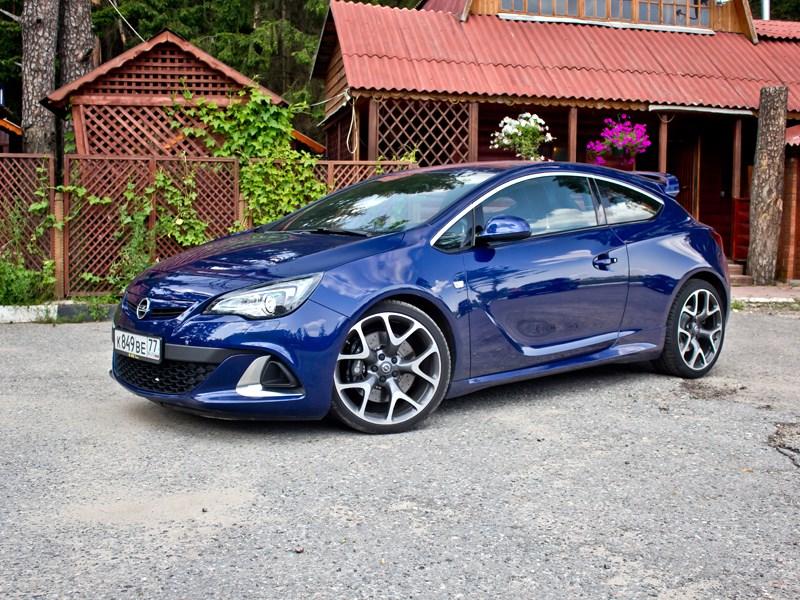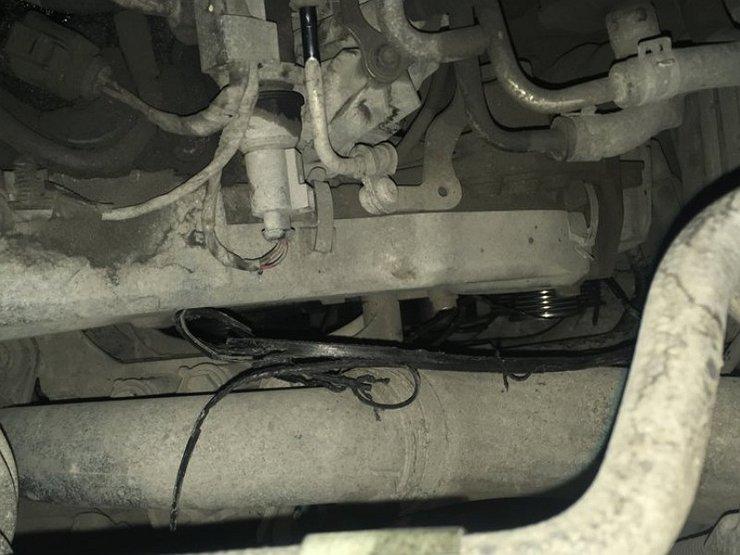
Opel Astra OPC hatchback 2013 review
Well, it didn't take long. German brand General Motors Opel has been in the country for just six months and has found that Aussies love hot hatches.
Roughly one in four Volkswagen Golfs sold locally is a GTI version - compared to a global average of just five percent - so it makes sense that Opel will speed up the introduction of its Hi-Po hatchback.
It comes with the familiar name Astra OPC (the latter stands for Opel Performance Centre) and a philosophy similar to the world's best hot hatches: lots of power in a pint-sized package.
The last time we had such a car from Opel, it was called Astra VXR and wore the HSV badge (from 2006 to 2009). But this is a completely new model.
Value
The Opel Astra OPC starts at $42,990 plus travel expenses, which is more expensive than the five-door Ford Focus ST ($38,290) and the VW Golf GTI ($40,490).
Boldly, the Opel Astra OPC is even more expensive than the starting price of the highly acclaimed Renault Megane RS265 ($42,640), the world's fastest hot hatch according to this global benchmark, the Nürburgring. With that in mind, you expect Opel to come up with the work it does in some areas but not in others.
It gets leather sport seats as standard, but metallic paint adds $695 (oops) compared to $800 in the Renault Megane RS (double oops) and $385 in the Ford Focus ST (it's more like that).
Astra's 2.0-litre turbocharged OPC engine (the staple of the class) has the most power and torque of its peers (206kW and 400Nm), but it doesn't translate into better performance (see Driving).
The interior has a far more upmarket feel than the Renault (although it matches the glossy materials of the Ford Focus ST), and its superb sports seats are a win.
But Opel's buttons and controls are awkward to use, for example to tune in to a radio station. Navigation is standard, but the rear camera is not available at any price. (Rear camera is standard on Ford and optional on Renault and Volkswagen). The rear gauges are standard, but the front gauges are not made for the aggressive OPC front bumper.
However, the biggest cost consideration is how much the car will be worth when you are going to sell it. Depreciation is the largest cost of ownership after the purchase price.
The Renault Megane RS and Ford Focus ST also don't have the highest resale value (Renault because it's a niche product, and Ford because it's still building its reputation with the new ST badge).
But wholesalers say the Opel brand is still too new to predict how much the Astra OPC will cost in a few years, meaning they will initially play it safe and dump it at the time of delivery.
Technologies
The Astra OPC has a suspension system it calls "Flexride," but they could easily call it "flying carpet riding."
Despite riding on massive 19-inch wheels and Pirelli P Zero tires (the most popular tire among thoroughbred brands), the Astra OPC glides on some of the worst roads our state governments have to offer us, despite the trillions they receive. fees (sorry, wrong forum).
It has a fairly simple (but very effective) mechanical limited-slip differential, which Opel helpfully points out drives the front wheels. This installation of a stronger, denser piece of metal to help deliver power to the road is a welcome move at a time when some other manufacturers (we're keeping our eyes on you, Ford and Volkswagen) are trying to convince us that electronics can do the same. Job.
The mechanical limited slip differential used in the Renault Megane RS and Opel Astra OPC helps transfer power to the inside front wheel in tight corners.
The electronically controlled front traction control systems (I dare not call them electronic limited-slip differentials, as some automakers do - looking at Ford and VW again) are perfectly acceptable under normal driving conditions. But once the corners start tightening, they are almost useless, despite what the brochure says.
So thanks to Opel (and Renault) for ditching technology in this case. Need more proof that mechanical LSD is the way to go? VW will offer it as an option on the new Golf 7 GTI later this year.
Design
Deafening. The car is so well built and so smooth that you can't help but admire it. You can even go around it a few times before getting inside. As mentioned earlier, the interior is head and shoulders above most of the competition thanks to glossy finishes, stylish lines and superior front seats.
But, in my opinion, good design should be functional. Unfortunately, Opel's audio and air conditioning controls feel more like a challenge than a welcoming invitation to the interior. Too many buttons that take too long to sort out.
We drive over 250 cars a year, and if we need to refer to the owner's manual after 30 minutes of trying, that's a pretty good sign that it's not intuitive. Looks great guys, but make it easier to use next time.
And, to be honest, the five-spoke 19-inch alloy wheels on our test car looked a bit plain compared to the more showy 20-inch wheels ($1000 option and $1000 well spent).
safety
Six airbags, five-star safety, and a three-stage stability control setting (depending on how bold you want to be). Renault gets eight airbags (if you count), but the crash score is the same.
Good road holding is also to be commended, and the Opel Astra OPC has plenty of that. Pirelli tires are among the most grippy on wet or dry roads today. That's why they are preferred by Mercedes-Benz, Porsche, Ferrari and others.
The four-piston Brembo racing brakes are good, but don't have the precise feel of the Renault Megane RS265 we tested back to back.
The only blemish on the otherwise impressive report card is the lack of front parking sensors or a rear camera - even as an option. Then facelift work.
Driving
Opel has done a brilliant job of pairing great grip and performance with tires and suspension so you don't have to visit a chiropractor every week. It is definitely one of the best expressions of ride comfort and handling.
In terms of speed, the Opel matches the Renault Megane RS265 with a 0 second 100-6.0 mph time, despite the Astra OPC having more power and torque. However, the Opel actually has a little more turbo lag - power lag - from low rpm compared to the Renault Megane RS265, making the engine's incredible power less accessible.
Opel likes to say that its car is more capable of city driving than its hot hatch counterparts, but in addition to turbo lag, it has the widest turning radius (12.3 meters, more than the Toyota LandCruiser Prado, which is 11.8 meters if you're interested). ).
The Astra's brake pedal travel is slightly longer, as is shift travel. None of them look like a real performance car. In the Renault Megane RS265, every movement seems like scissors, the reactions are so precise.
The sound of the Opel engine sucking in as much air as possible during hard acceleration is not as characteristic as that of other cars of this type. The Renault Megane RS265 rewards you with a subtle turbo whistle and exhaust crackle between gear changes. The Opel Astra OPC sounds like a cat coughing up a fur ball.
Verdict
The Astra OPC is a very reliable hot hatch, it's just not as good, not as perfect, and not as affordable as the competition. If you want style and speed, buy the Opel Astra OPC. If you want the best hot hatch - at least for now - buy the Renault Megane RS265. Or wait and see what the new VW Golf GTI will look like when it arrives later this year.
